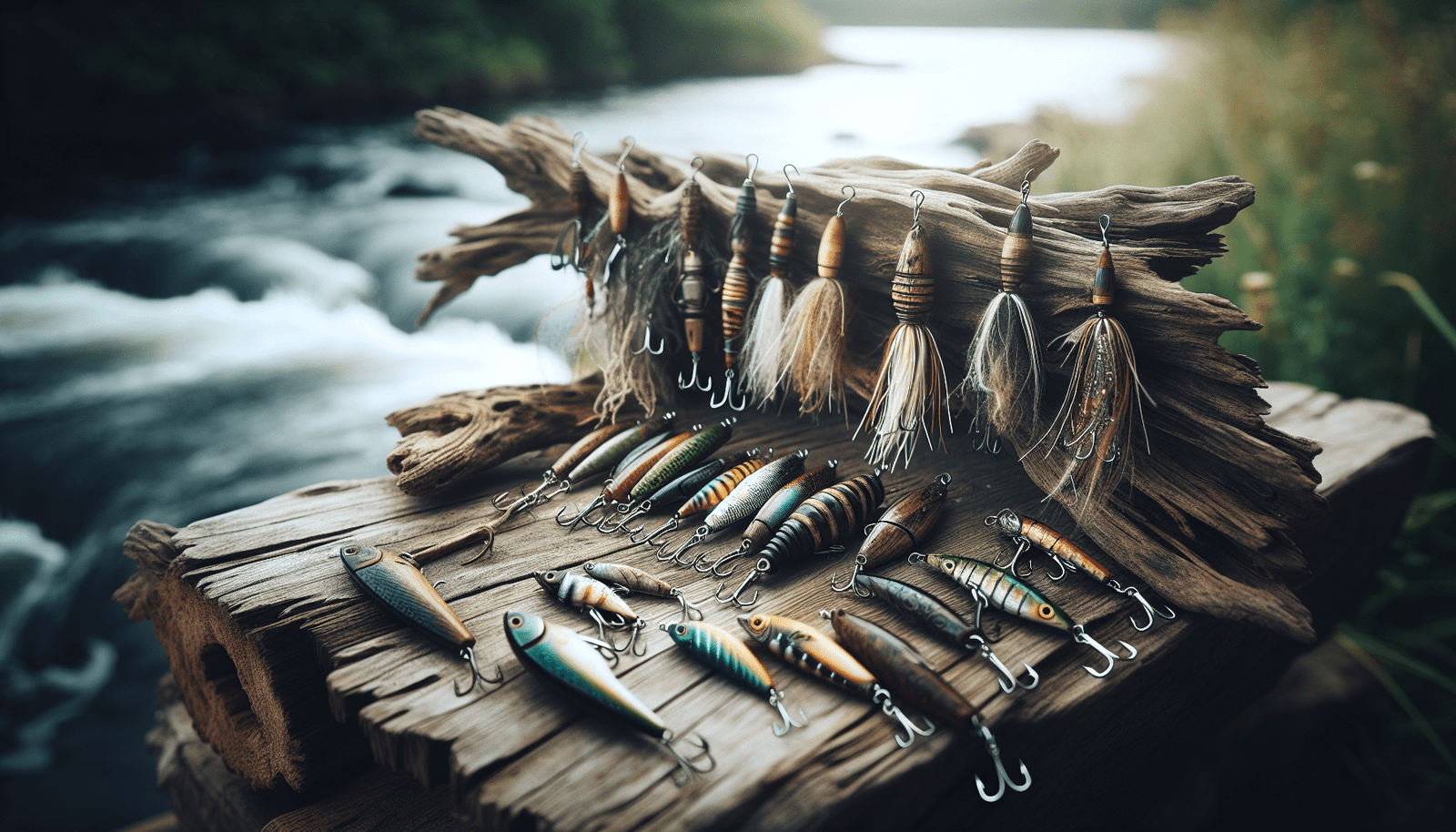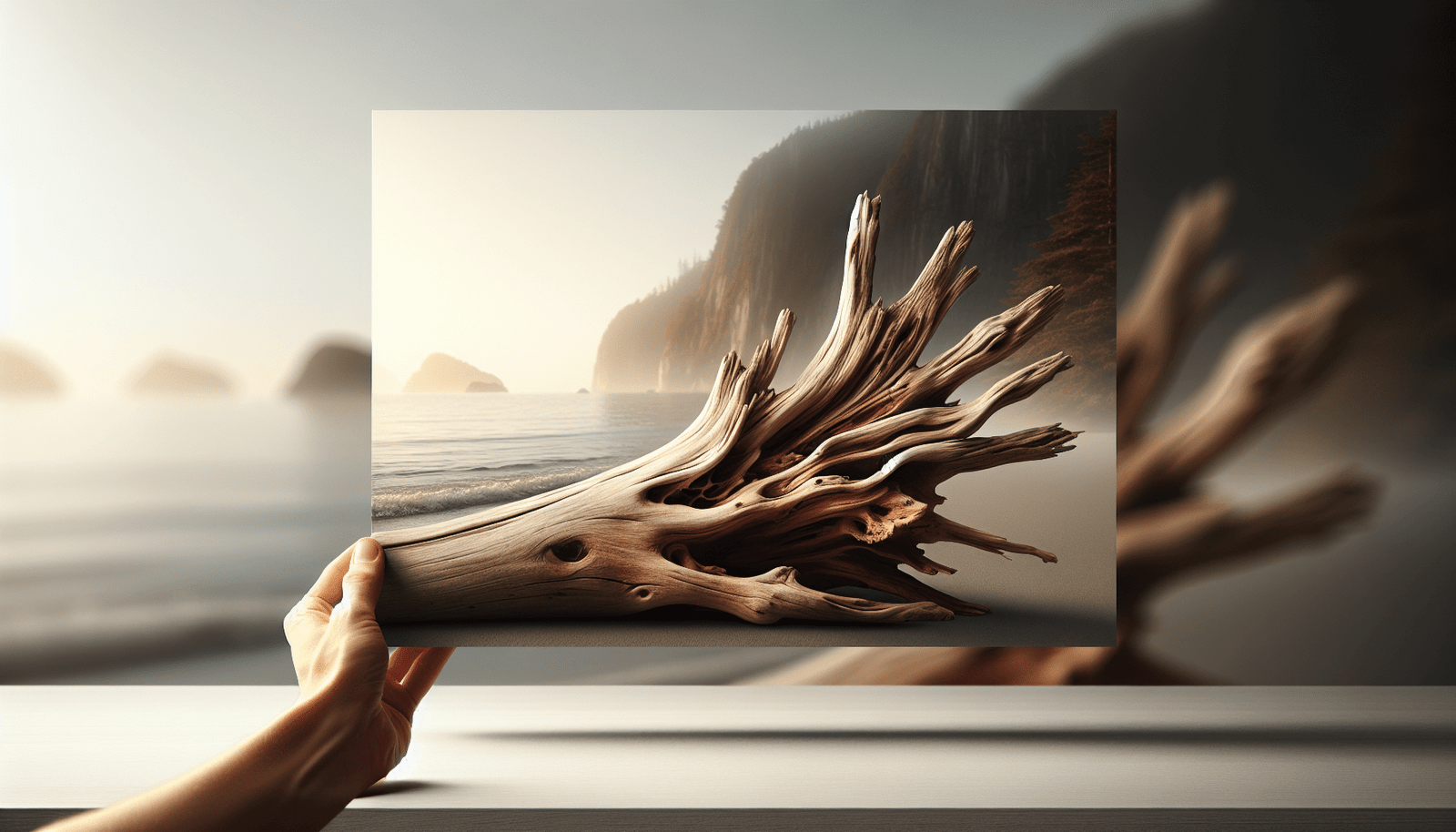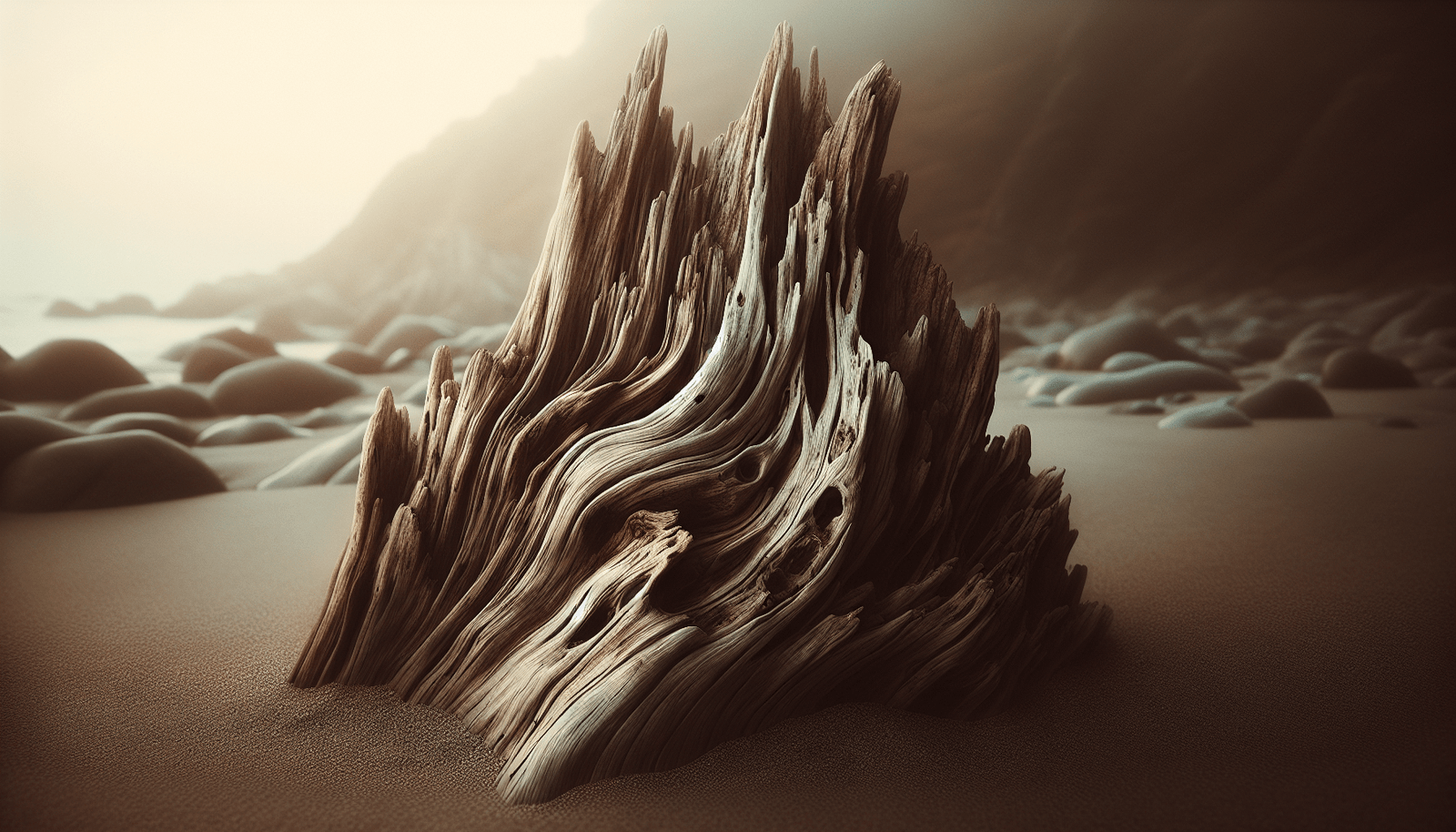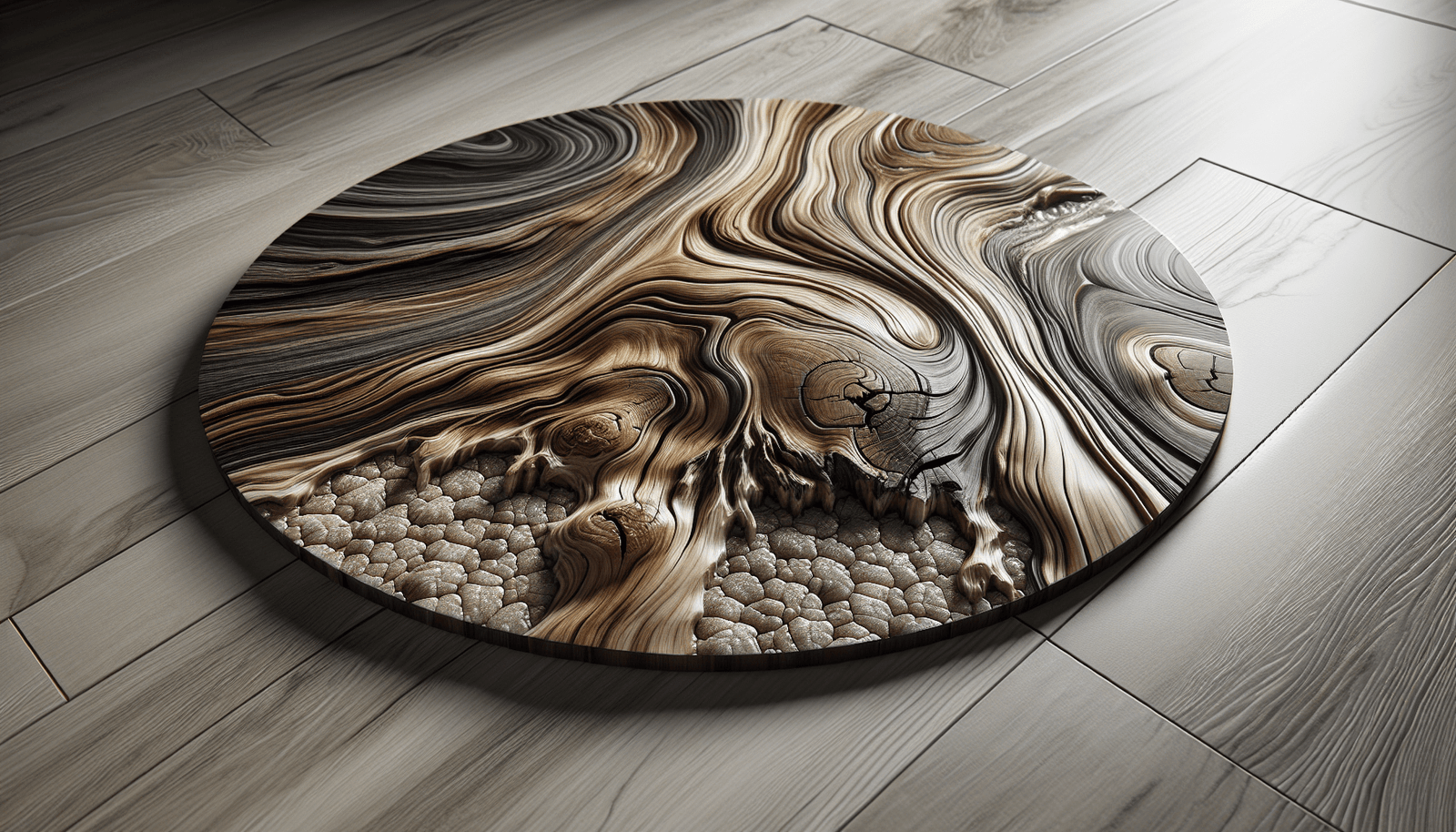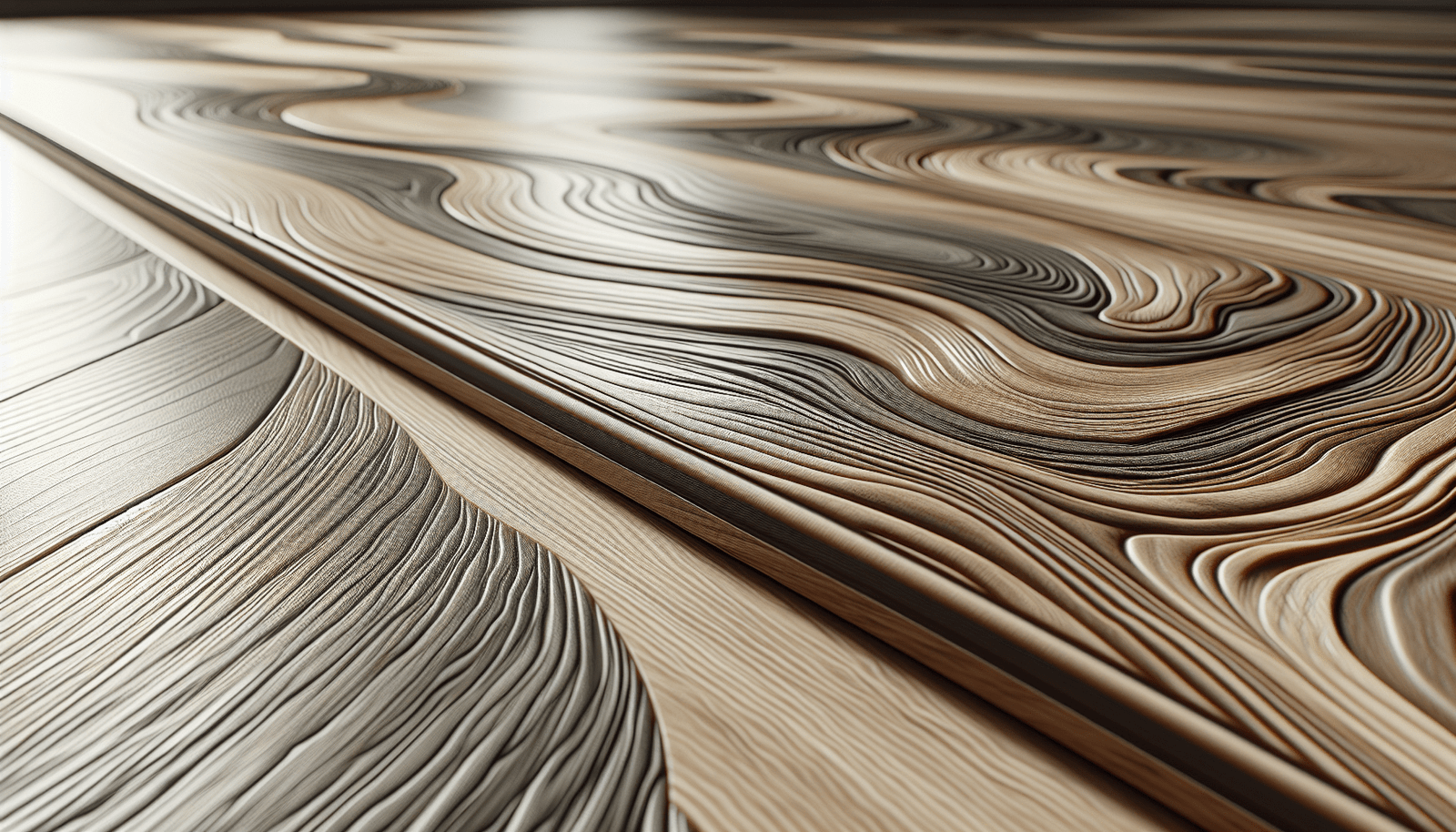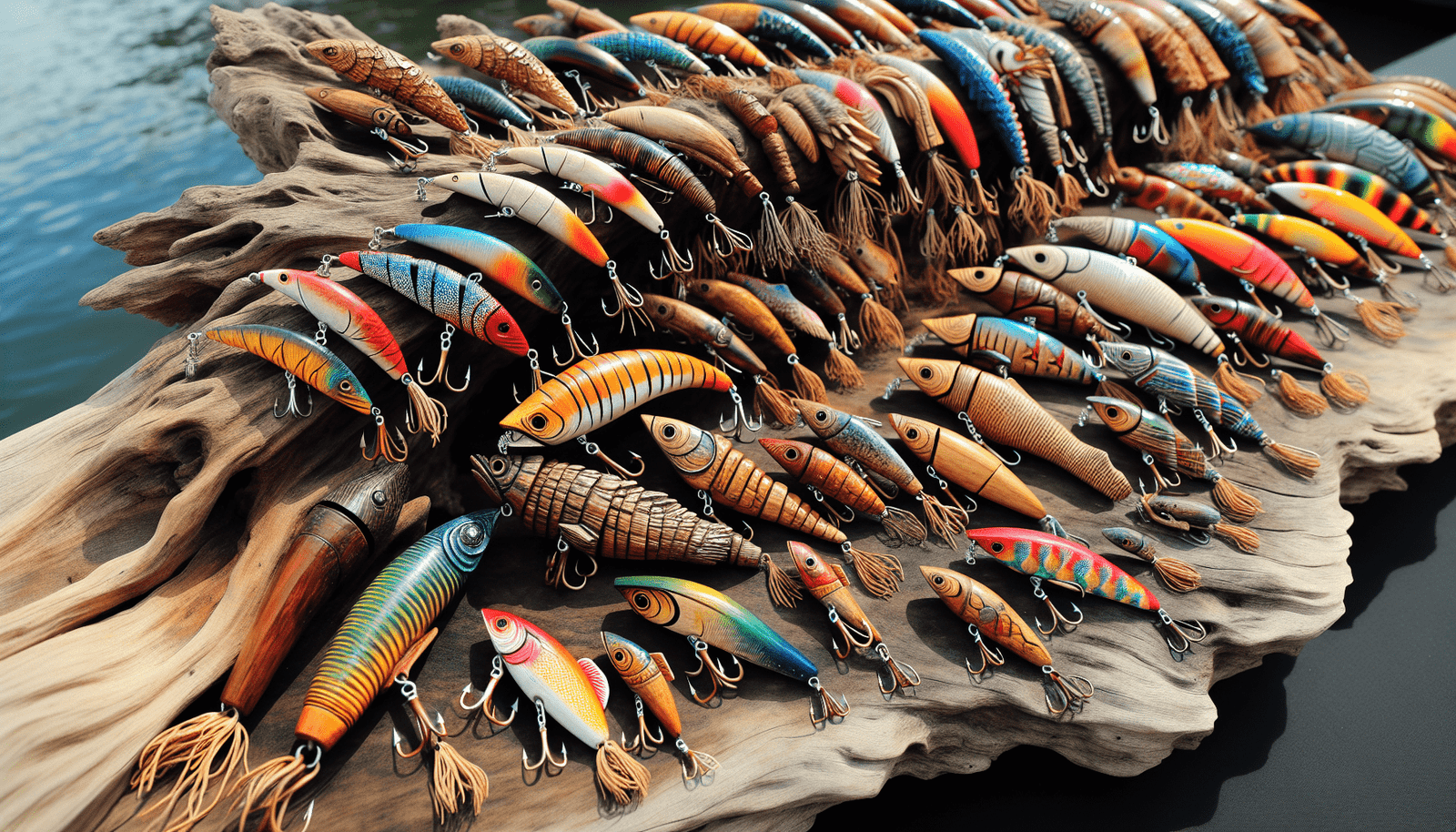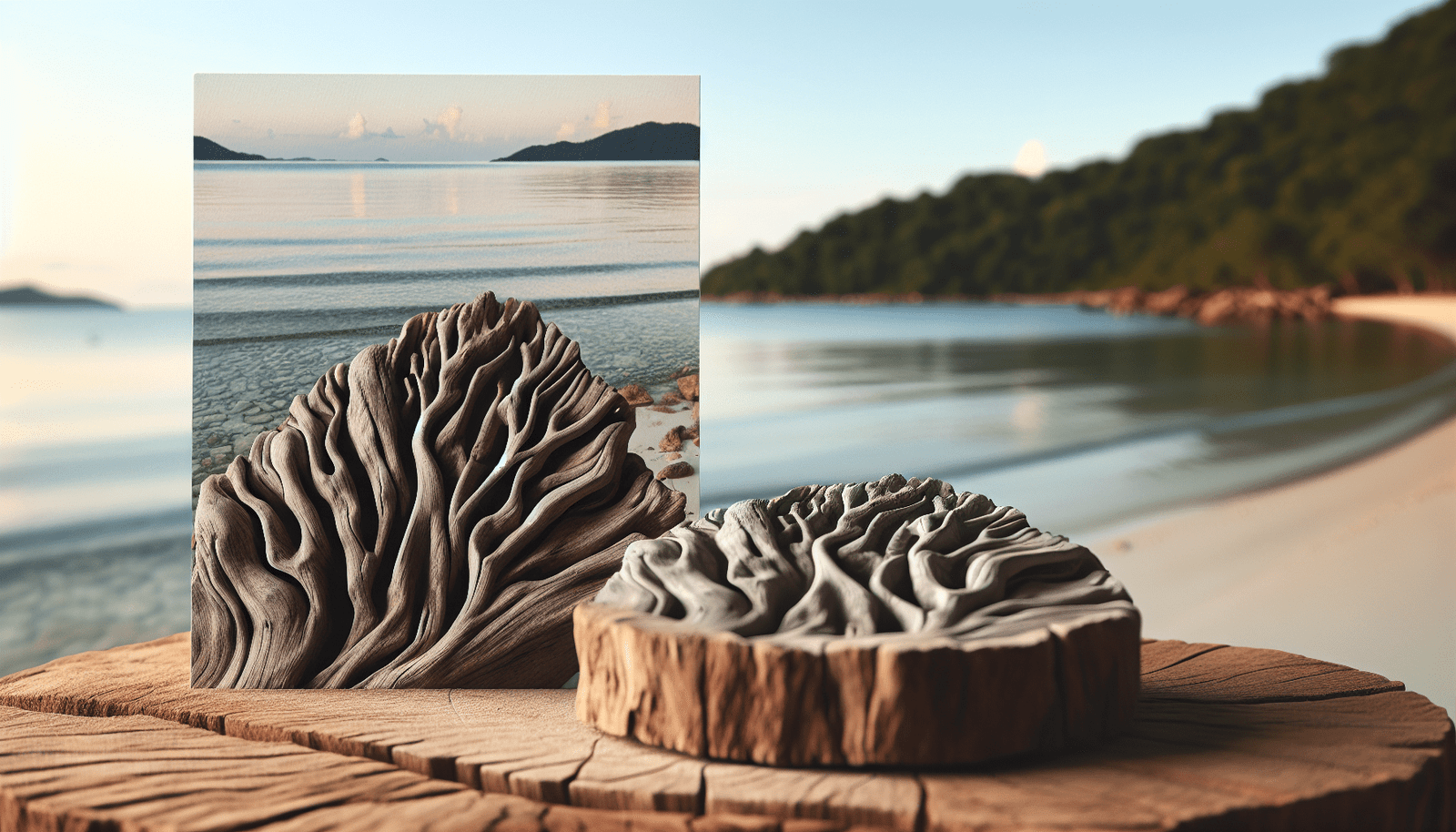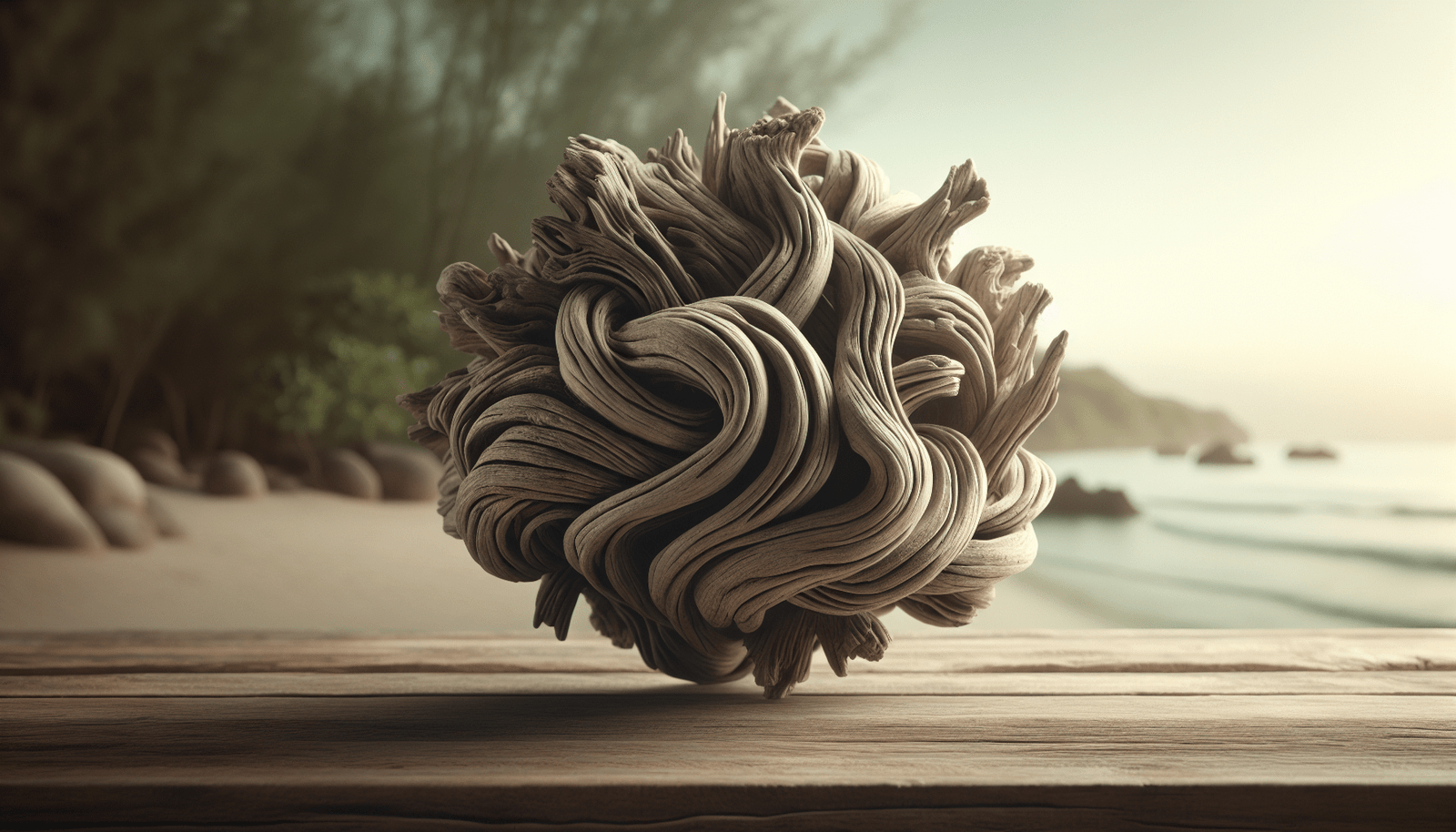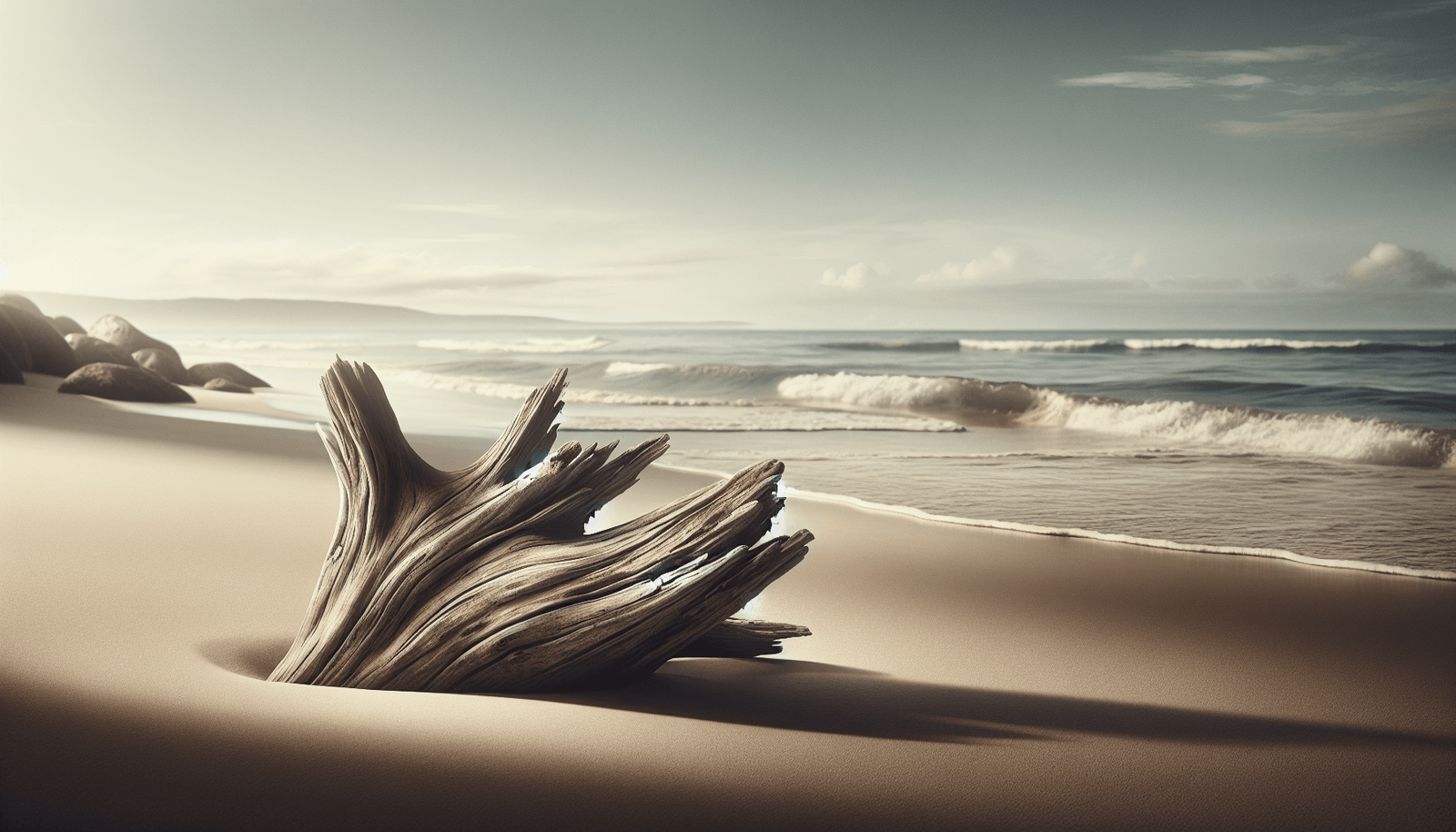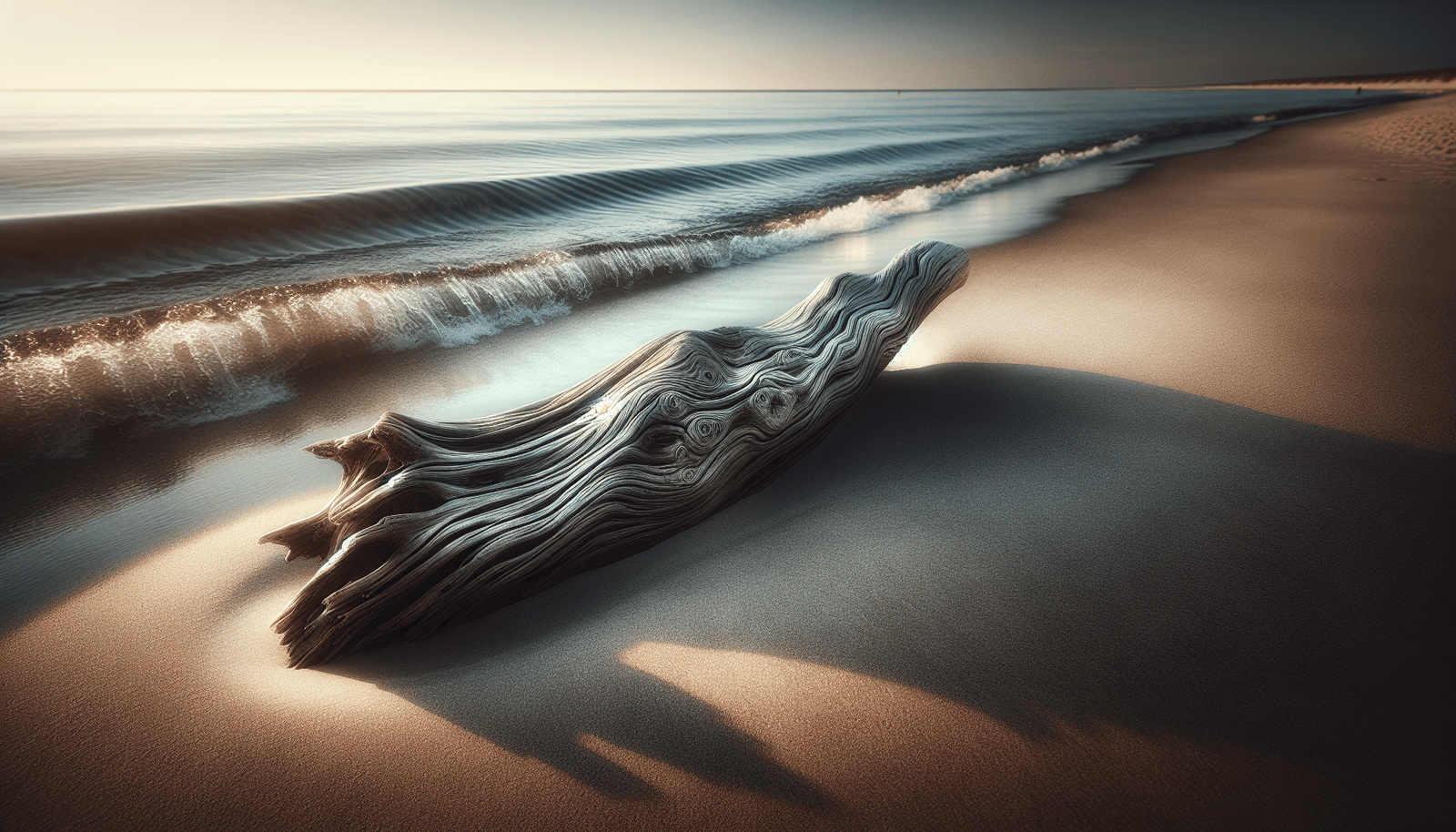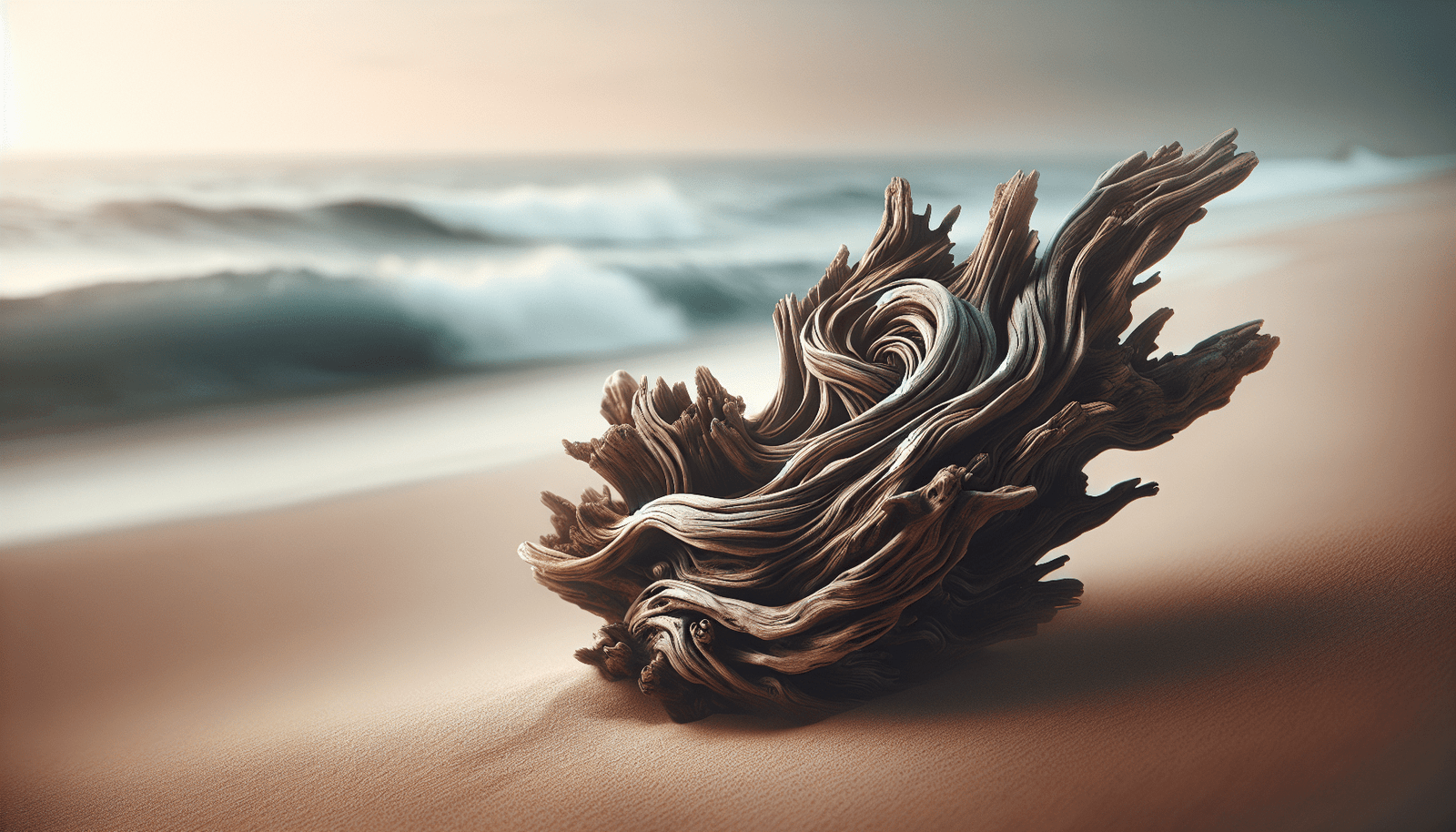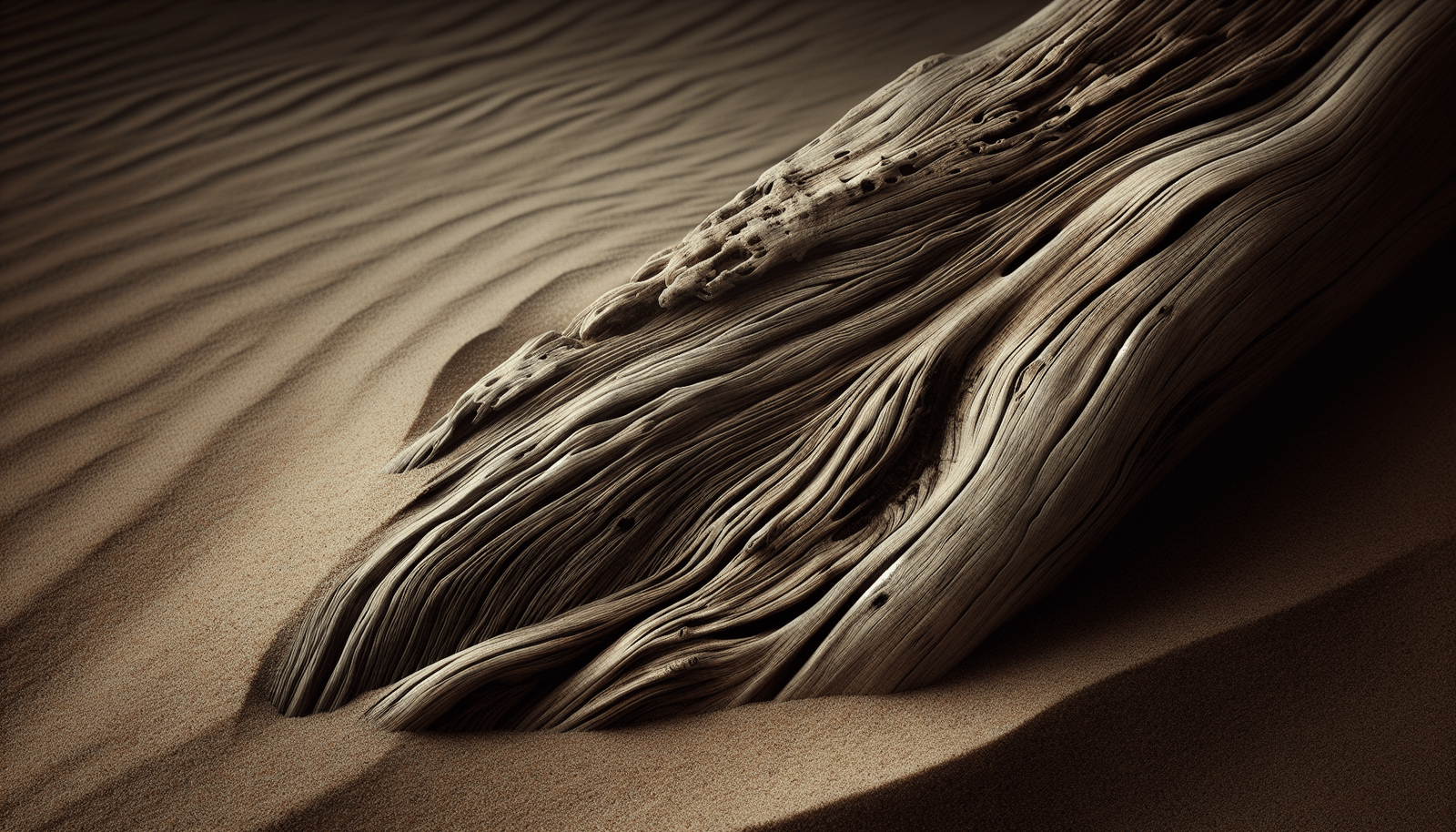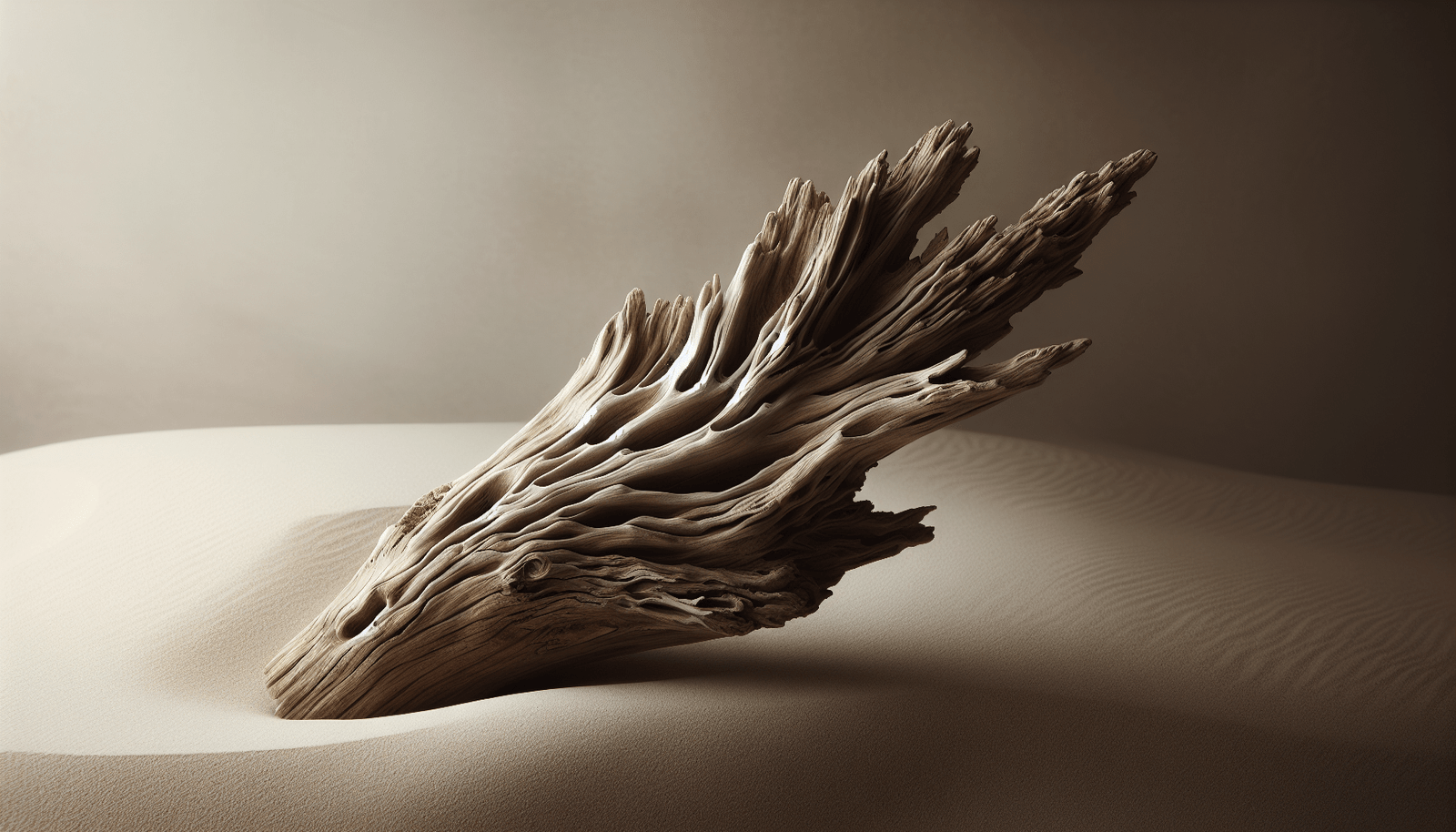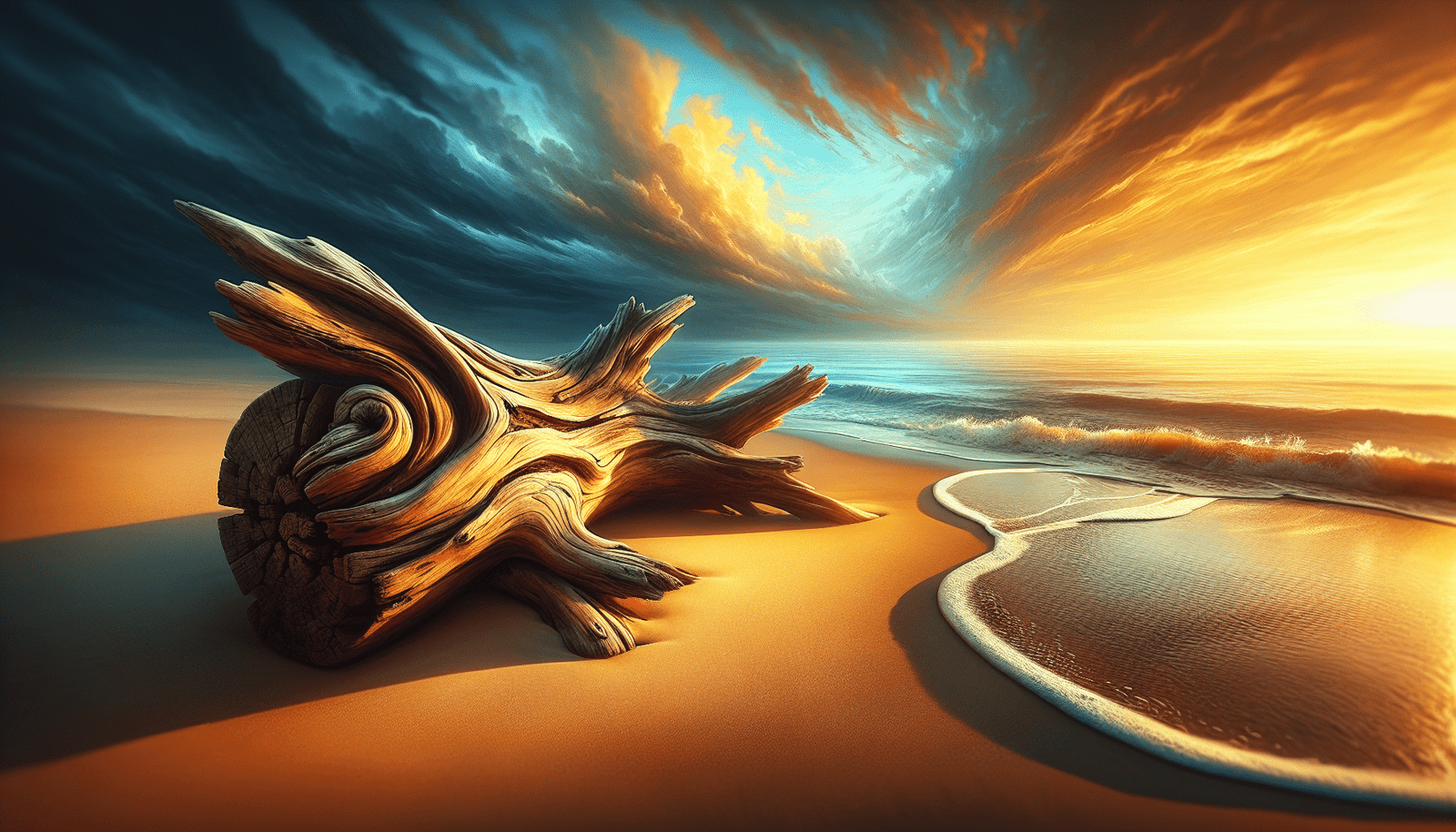Have you ever wondered how to showcase your collection of fishing lures in a way that highlights their charm while also adding a touch of rustic elegance to your space? If you’re a fishing enthusiast or just someone with a flair for creative displays, using driftwood as a backdrop for your fishing lures can be a unique and captivating solution. Driftwood, with its varied shapes and textures, offers not only a practical but also an aesthetically pleasing way to present your collection. Let’s discuss how you can transform ordinary fishing lures into eye-catching art pieces with the help of driftwood.
Why Choose Driftwood for Display?
Driftwood provides a natural and picturesque platform for your lures. Whether you have a collection of vintage fishing lures or modern ones, the organic look of driftwood can enhance their appeal. Moreover, driftwood is versatile and can be found in various shapes and sizes, allowing you to customize your display according to your preferences.
The Aesthetic Appeal
Driftwood carries with it the essence of nature and a story of its journey through water and waves. Each piece is unique, with a distinct texture and form. When used as a foundation for your fishing lures, driftwood can evoke feelings of tranquility and nostalgia, reminding you of days spent by the water.
Sustainability Aspect
Choosing driftwood as a display option also has a sustainable aspect. Driftwood is essentially nature’s way of recycling wood, washing it ashore for reuse. By utilizing driftwood for displaying your lures, you are giving new life to materials that have already served a purpose.
Picking the Perfect Driftwood
Selecting the right piece of driftwood is crucial for a successful display. Your choice will depend on several factors, including the size and number of lures you wish to display, as well as the location where you’ll place the display.
Size Considerations
A small piece of driftwood may suffice for displaying a handful of lures, while larger collections might require a bigger or even multiple pieces. Ensure that the driftwood you choose is proportionate to the lures and the space you have available, so the display doesn’t appear overcrowded or too sparse.
Shape and Texture
The shape and texture of driftwood can vary tremendously. Look for a piece that has interesting lines or nooks that can naturally hold or accentuate your lures. The goal is to make the lures appear as if they are a part of the driftwood, seamlessly integrated into its form.

Preparing Driftwood for Display
Once you’ve chosen your piece, it’s time to prepare it for your lures. Proper preparation ensures that the driftwood is safe for indoor use and will last for years to come.
Cleaning the Driftwood
Before using driftwood for display, clean it thoroughly to remove any salt, sand, or debris. Soaking the wood in a bucket of fresh water for a few days can help. Change the water daily until it runs clear. This process also helps eliminate any lingering odors.
Drying and Curing
After cleaning, allow the driftwood to dry completely. This can be done naturally by placing it in a sunny, well-ventilated area. Depending on the size of the wood and the humidity level, this can take anywhere from a few days to a couple of weeks.
Sealing the Wood
To preserve the driftwood and protect it from pests, consider sealing it with a clear wood sealant. This step adds a sheen to the wood and can enhance its natural beauty, making it an even more attractive backdrop for your lures.
Design Ideas for Your Lure Display
Creating a stunning display requires both creativity and practical considerations. Here’s how you can combine both to craft an eye-catching presentation of your fishing lures on driftwood.
Minimalist Approach
If you prefer a minimalist look, consider using a single, sculptural piece of driftwood and a few choice lures. Space them out to provide a clean and focused visual impact. This approach works well in modern interiors or small spaces where simplicity is favored.
Layered Display
For a more abundant display, use multiple pieces of driftwood to create layers. This technique allows you to showcase different lures in sections, giving depth to the presentation. Adjust each piece of wood at different levels and angles for an engaging three-dimensional effect.
Themed Arrangements
Craft a thematic display by grouping lures according to a specific criterion, such as color, type, or era. For example, you might create a display focusing on brightly colored lures or vintage models. This can enhance the storytelling aspect of your collection, inviting viewers to engage more deeply with the display.
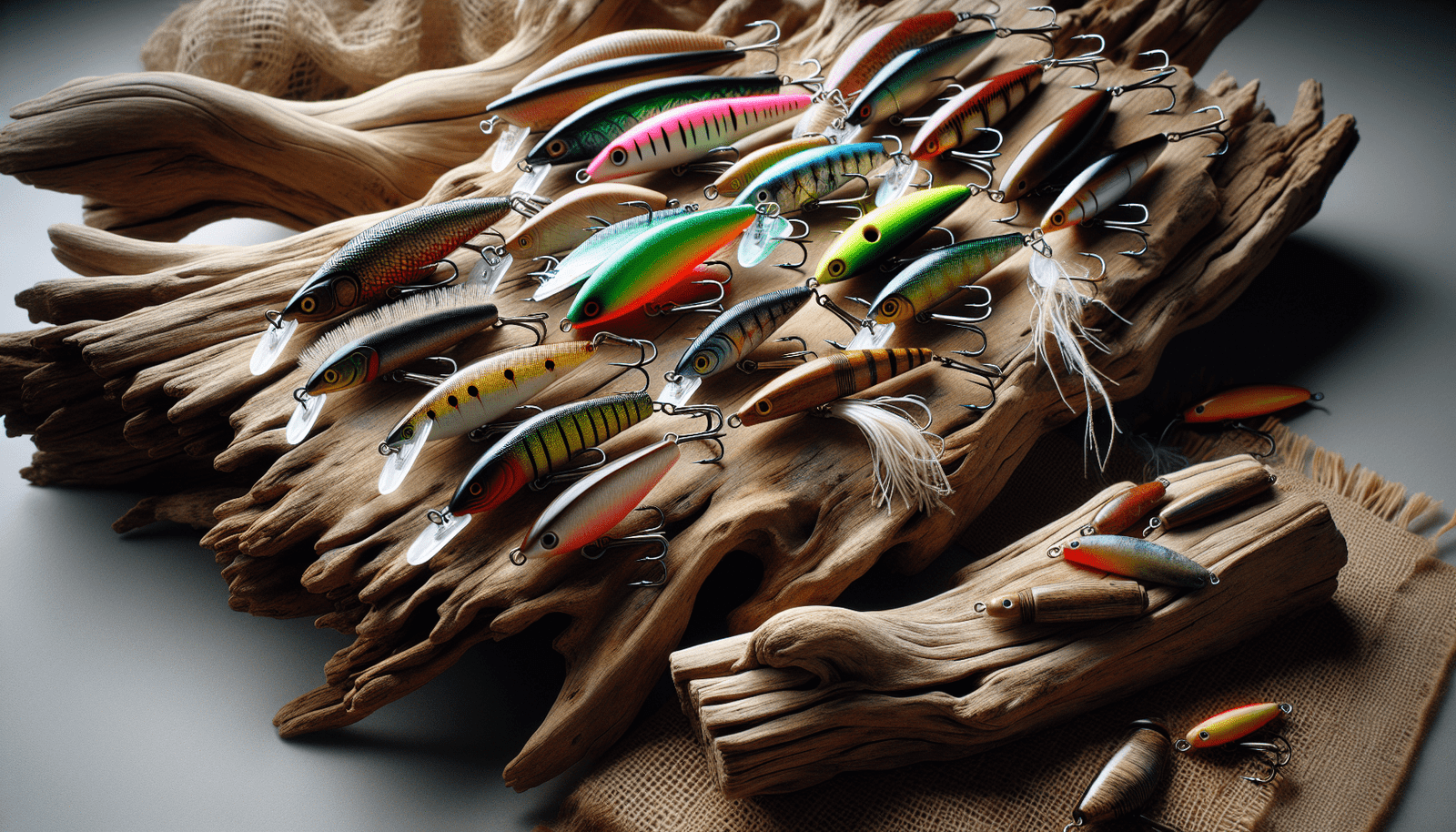
Choosing the Right Lures
Identifying the right lures for your display is essential to make the most of your driftwood display. Consider the aesthetics, historical value, and personal sentiment of each piece.
Aesthetic Appeal
Choose lures that stand out visually, whether because of color, shape, or size. These might be lures with vibrant colors, unusual designs, or even those that have acquired a patina with age.
Historical and Sentimental Value
Sometimes the best candidates for display are those that hold personal significance. Perhaps you have lures gifted by a family member or those tied to memorable fishing trips. These can make your display not just a showcase, but a conversation starter with stories to tell.
DIY Driftwood Display Projects
Creating your driftwood lure display can be a rewarding DIY project. Here are some steps to guide you through making your unique showcase.
Tools You’ll Need
- Saw (if adjustments to size are needed)
- Sandpaper (for smoothing any rough edges)
- Drill and screws (for attaching mounting hardware)
- Adhesive hooks or small picture hangers
- Clear wood sealant
- Paintbrush (for sealant)
Step-by-Step Guide
Planning the Layout: Start by arranging your lures on the driftwood in various configurations until you find one that pleases you. Consider balance and symmetry in your arrangement.
Mark and Prepare Holes: If your design involves hanging lures, mark the spots where hooks will be mounted. Use a drill to make small holes for easier insertion of hooks or hangers.
Secure Hanging Hardware: Attach adhesive hooks or small picture hangers at the marked locations. Ensure they are secure enough to hold the weight of your lures.
Customize and Personalize: Add any personal touches, such as small labels for lures or a nameplate for the entire display. If desired, sand any rough areas and apply sealant for a polished finish.
Final Assembly: Attach your lures carefully, ensuring they are securely mounted and won’t fall or shift over time.
Mounting the Display: If wall mounting, ensure the driftwood is securely fastened using heavy-duty hooks or brackets appropriate for its size and weight.
Caring for Your Driftwood Lure Display
A well-cared-for display will last much longer and continue to be a visual delight in your space. Here are tips to keep your display looking its best.
Regular Dusting
Dust can accumulate on both the driftwood and the lures. Regularly dust the display using a soft brush or cloth, taking care not to dislodge the lures.
Avoiding Direct Sunlight
Continued exposure to direct sunlight can fade vibrant lure colors and dry out the driftwood excessively, leading to cracking. Place your display in an area that receives indirect sunlight to maintain its appearance.
Re-sealing
Over time, the driftwood might require a fresh coat of sealant to maintain its sheen and protection. Inspect the driftwood periodically (annually or bi-annually) to determine if resealing is necessary.
Conclusion
Turning fishing lures into a display piece using driftwood not only highlights their intricate designs but also brings a touch of nature’s artistry into your space. This approach is visually appealing, sustainable, and allows you the creative freedom to reflect your style and personal history with each lure choice. Whether you choose a minimalist presentation or a richer, layered design, a driftwood display can transform your collection of fishing lures into a beautiful piece of art that tells a story.
